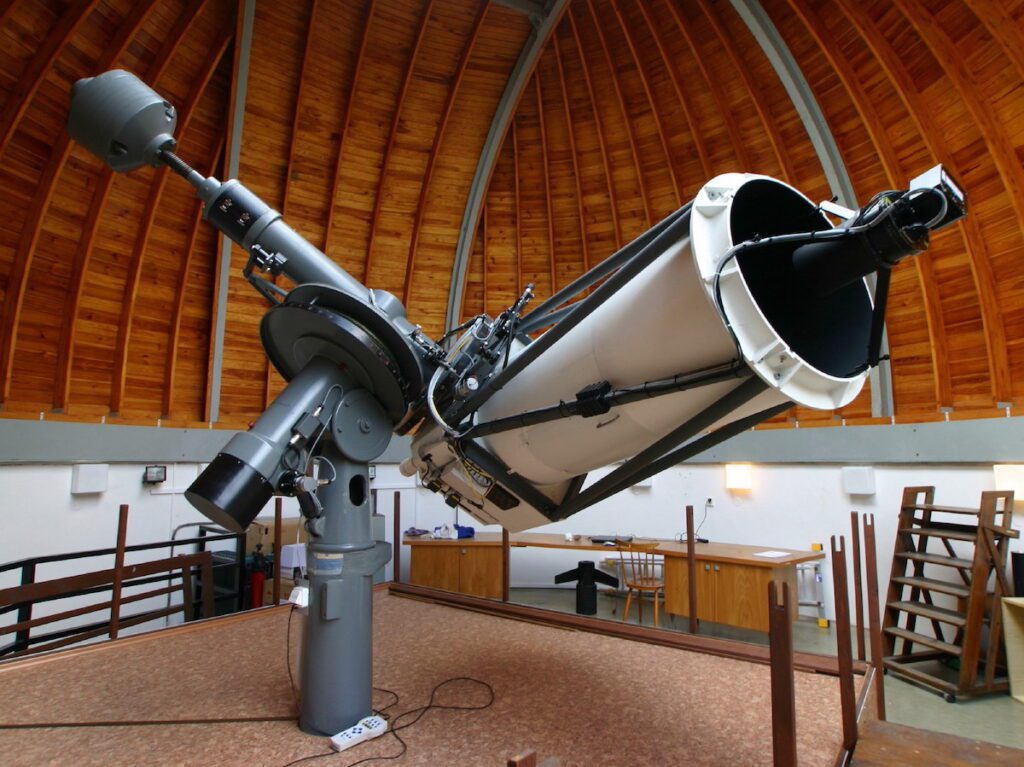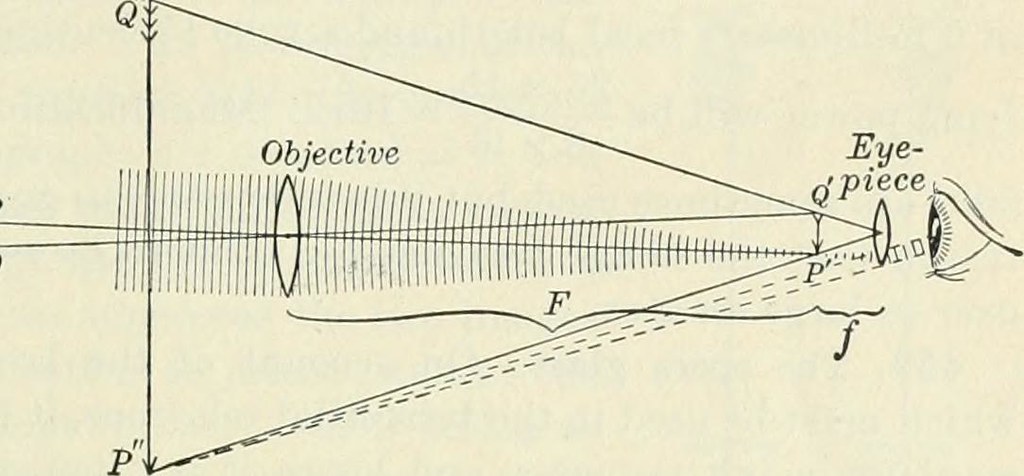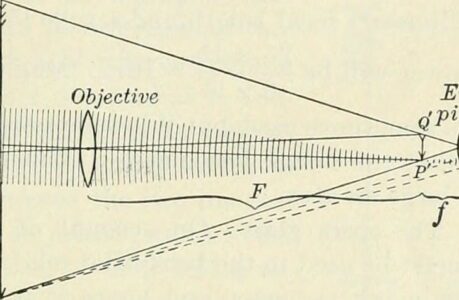Telescopes are essential tools for astronomers, used to study the stars, planets, and other celestial objects in the sky. However, not all telescopes are created equal, and the focal length of a telescope plays a crucial role in determining the quality of images it produces. In this article, we will discuss the concept of focal length, how it affects the performance of telescopes, and how astronomers use different focal lengths to study different objects in the sky.
Focal Length Defined
Focal length is a term used to describe the distance between the main mirror or lens of a telescope and the point where it forms an image. The focal length of a telescope determines the magnification and the field of view of the telescope. The longer the focal length, the greater the magnification and the narrower the field of view, and vice versa.

Telescope Focal Lengths and Their Applications
There are different types of telescopes, each with its own focal length, and each designed for specific applications. Here are some of the most common types of telescopes and their applications:
- Short Focal Length Telescopes: These telescopes have a focal length of less than 400mm and are known for their wide field of view. They are often used by amateur astronomers to view large objects in the sky such as nebulae, star clusters, and galaxies.
- Medium Focal Length Telescopes: Telescopes with a focal length between 400mm and 800mm are known as medium focal length telescopes. These telescopes are ideal for observing the Moon, planets, and binary star systems. They provide a good balance between magnification and field of view, making them versatile instruments for astronomers.
- Long Focal Length Telescopes: Telescopes with a focal length greater than 800mm are known as long focal length telescopes. These telescopes are designed for high magnification and are used to observe fine details on planets and to study distant objects in the sky. They are ideal for studying faint objects, such as galaxies and supernovae.
Focal Length and Image Quality
The quality of images produced by a telescope is dependent on many factors, including the quality of the optical elements, the stability of the telescope mount, and the transparency of the atmosphere. However, the focal length of a telescope also plays an important role in determining the quality of images.
Long focal length telescopes produce images that are highly magnified but have a narrow field of view. As a result, they are more sensitive to small movements of the telescope, which can cause the image to become blurred. To mitigate this, long focal length telescopes are typically mounted on more stable mounts, which reduce the amount of image movement.

Short focal length telescopes produce images with a wide field of view, making them ideal for observing large objects in the sky. However, the images produced by short focal length telescopes are not as magnified as those produced by long focal length telescopes, which means that they are not as sensitive to small movements.
In conclusion, the focal length of a telescope is an important factor in determining the quality of images it produces. Different focal lengths are used for different applications, and astronomers choose the best focal length for their observations based on the objects they want to study and the quality of images they want to produce.

